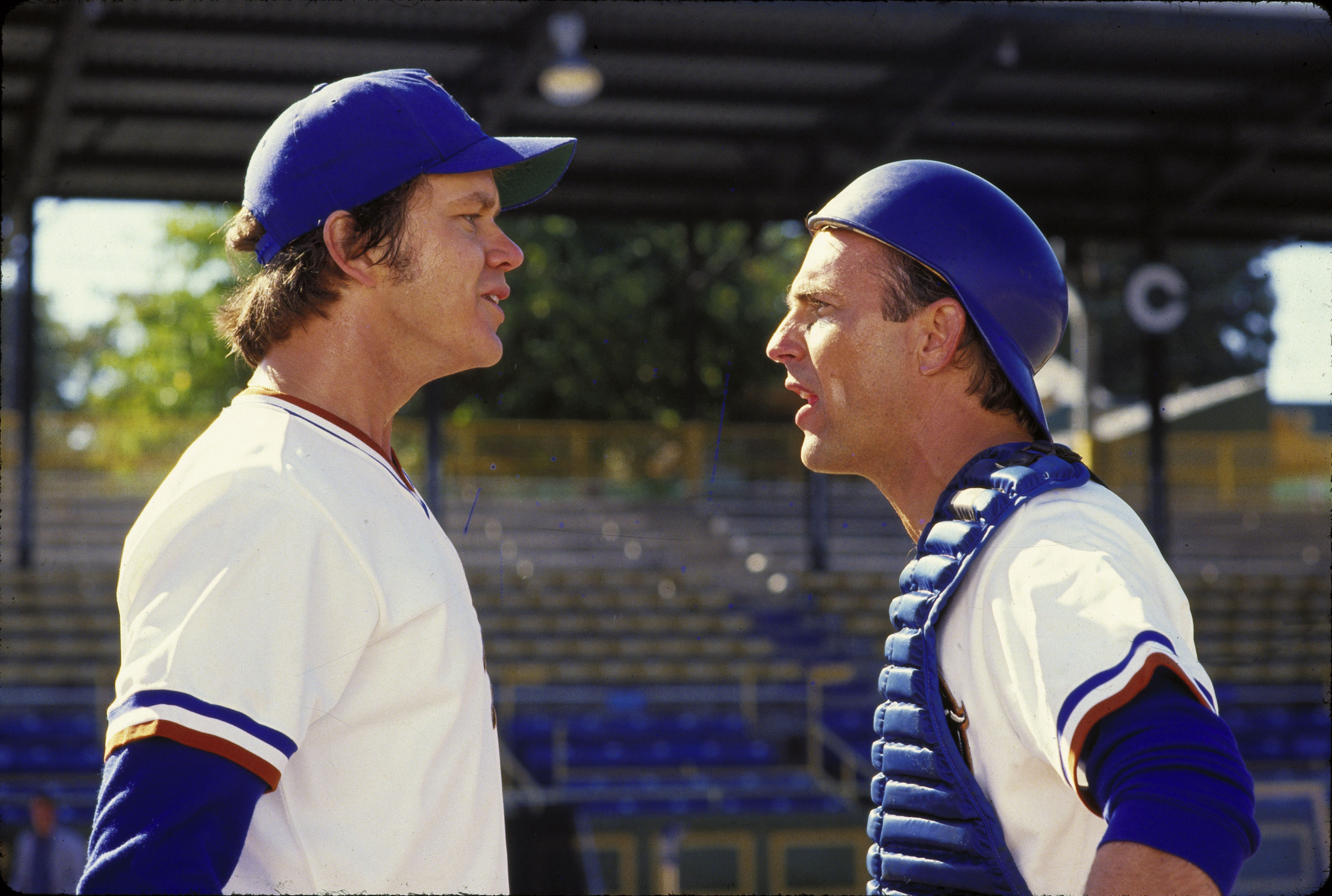Three things happen every Major League Baseball opening day weekend:
1. Dani says "are we seriously watching baseball again? It’s boring."
2. Someone in my rotisserie league declares one of their players as the "steal of the draft" (meaning after 2 or 3 of 162 games, someone has overplayed their value).
3. I think the Blue Jays are better than they really are.
I’m making a prediction that there will be a 4th event added to this list: someone in America publishes a list of available food safety violations at stadiums.
Following July 2010 ESPN’s Outside The Lines food safety special (the magazine show focused half an episode on inspection reports and former employee accounts of practices at the 107 major sports stadiums in Canada and the U.S., telling a not-so-flattering story).
I wrote about it last year here.
ESPN’s "Outside the Lines" reviewed health department inspection reports for food and beverage outlets at all 107 North American arenas and stadiums that were home to Major League Baseball, National Football League, National Hockey League and National Basketball Association teams in 2009. At 30 of the venues (28 percent), more than half of the concession stands or restaurants had been cited for at least one "critical" or "major" health violation. Such violations pose a risk for foodborne illnesses that can make someone sick, or, in extreme cases, become fatal.
Our food safety infosheet evaluation study also made the companion piece on the website, supporting something an ex-frontline food handler Nicholas Casorio said, "There’s so much volume going through at one time that it’s hard to do the necessary things to keep everything clean. Sometimes you sacrifice the cleanliness for expediting the service."
This year’s iteration of the story, courtesy of Business Insider, focused on just baseball stadiums, counted up violations (minor and critical — which is really difficult when definitions of violations can vary between jurisdictions — and had a mix of yuck and risk factors. I prefer to focus on the latter.
Of particular interest to me were:
Kaufman Stadium: Chicken fingers well under required temperatures
Tropicana Field: A prepared shrimp sandwich was being held at 82 degrees.
Oakland Almeda-County Stadium: Employees often noted as not washing their hands enough or correctly.
Great American Ballpark: Cook was observed handling raw beef patties and subsequently handling ready to eat foods.
Angel Stadium: A cooked chicken was sitting outside of a holding container for at least seven hours, and had an internal temperature of 58 degrees Fahrenheit.
Handwashing, cross-contamination and temperature abuse; the always epic risk factors.
Last fall I took my dad to a Carolina Hurricanes game and we debated getting a bbq sandwich after the first period but the price tag was a bit steep ($7). My dad asked me "So, how do you think they are doing, food safety-wise". I told him that it’s tough to say, anytime you eat you put trust in a food handler somewhere and hopefully they know something about risks and risk reduction. After the game I dug up some inspection reports. I couldn’t find the Carolina BBQ stand in question but was able to browse through 20 or so other RBC Center sites from the past couple of years. Temperature abuse, especially hot-holding seemed to be a common violation. Which would have been particularly problematic for something like BBQ where Clostridium perfringens spores are likely to survive the cooking process — and would create a nice toxin if not hot-held correctly.
The BBQ looked and smelled good, and judging by the lineups, was moved out of the pans to patrons’ sandwiches pretty fast. But who knows at what temperature, and how long it was held before we came by. I hope someone, unlike what was seen by inspectors at many of the stadiums, knew.
barfblog
safe food from farm to fork
